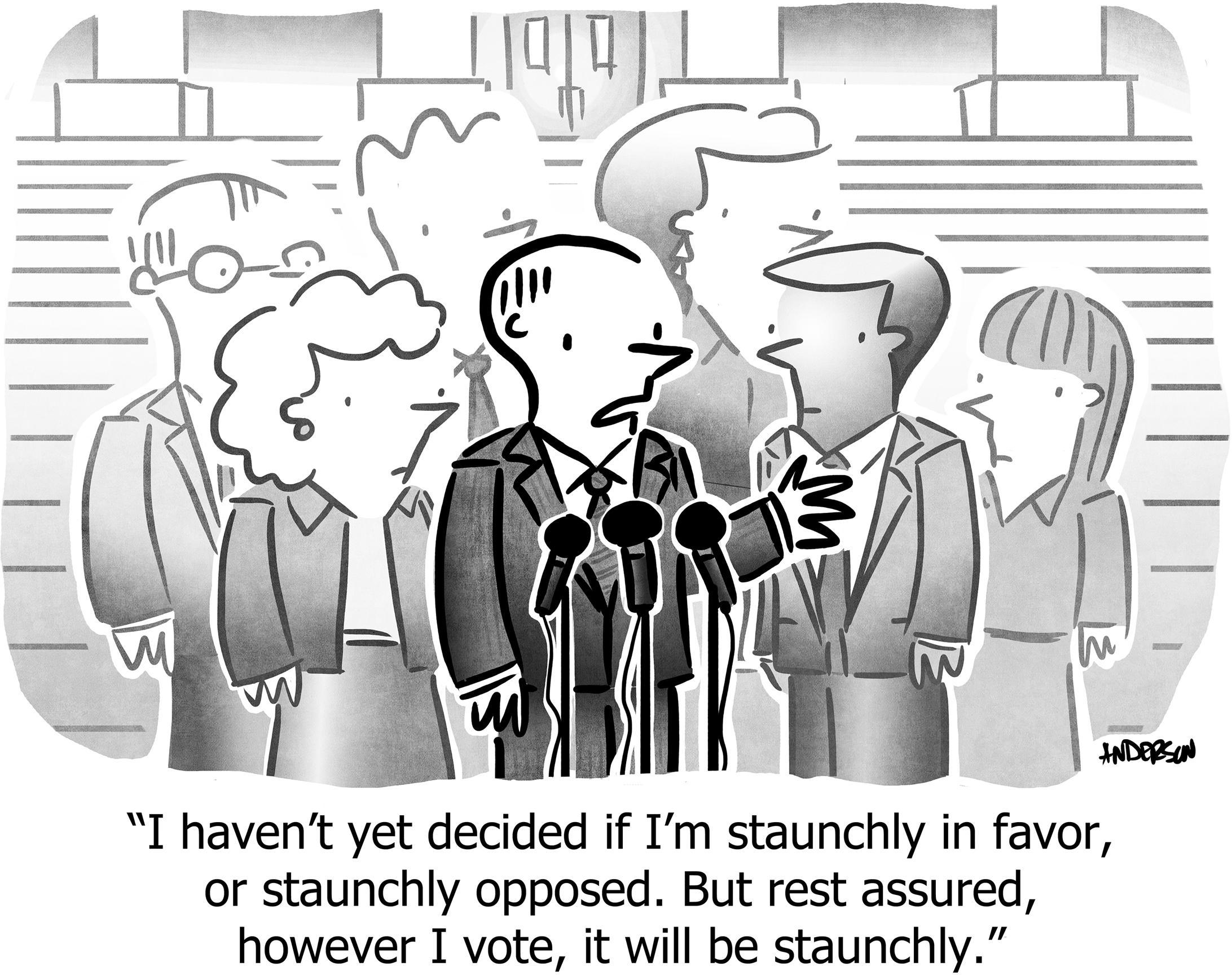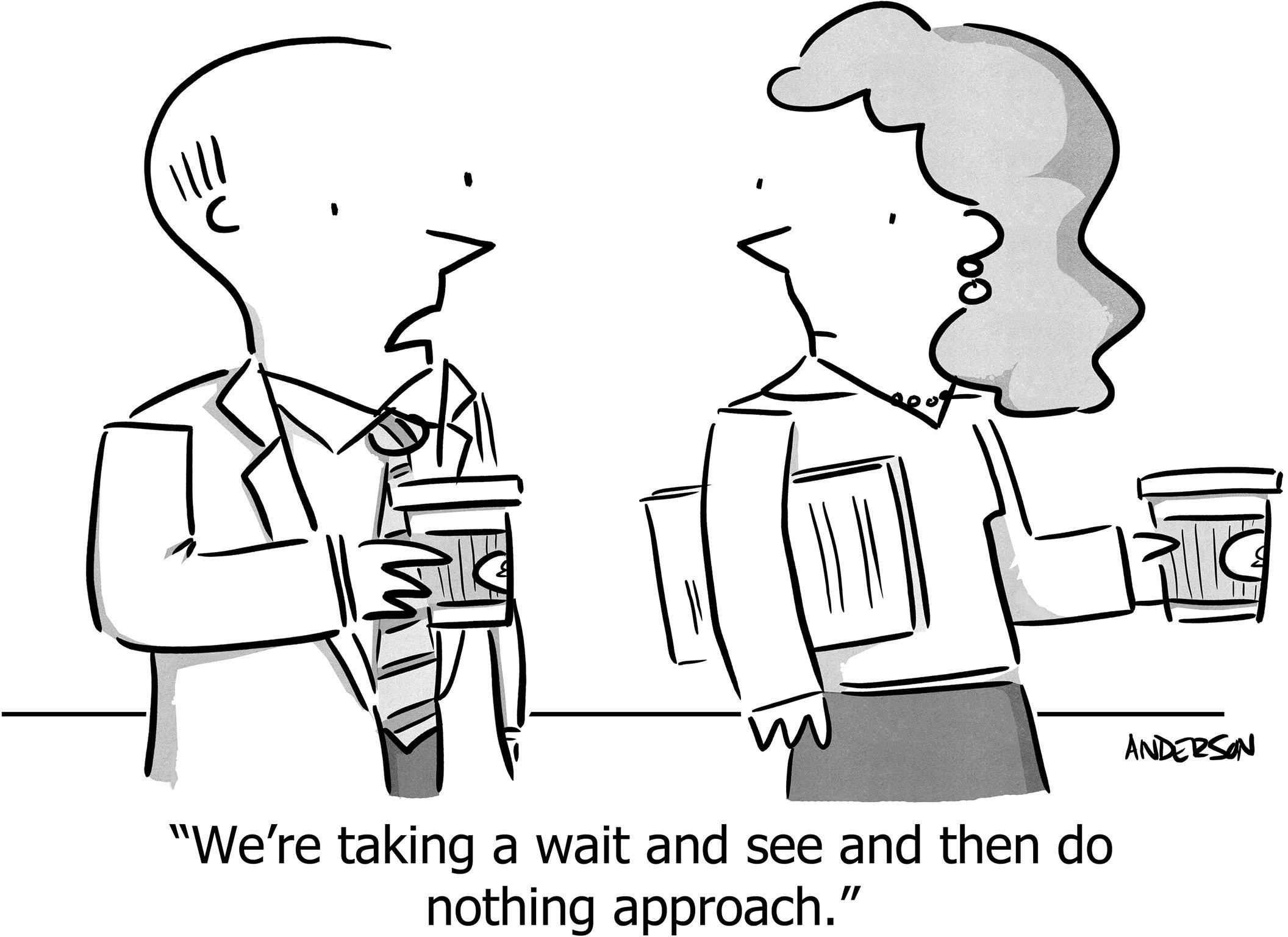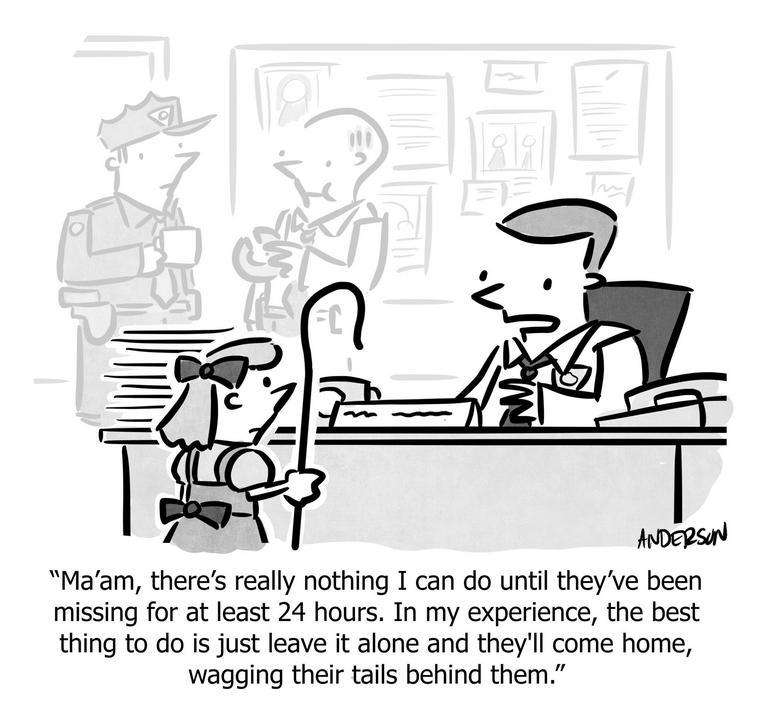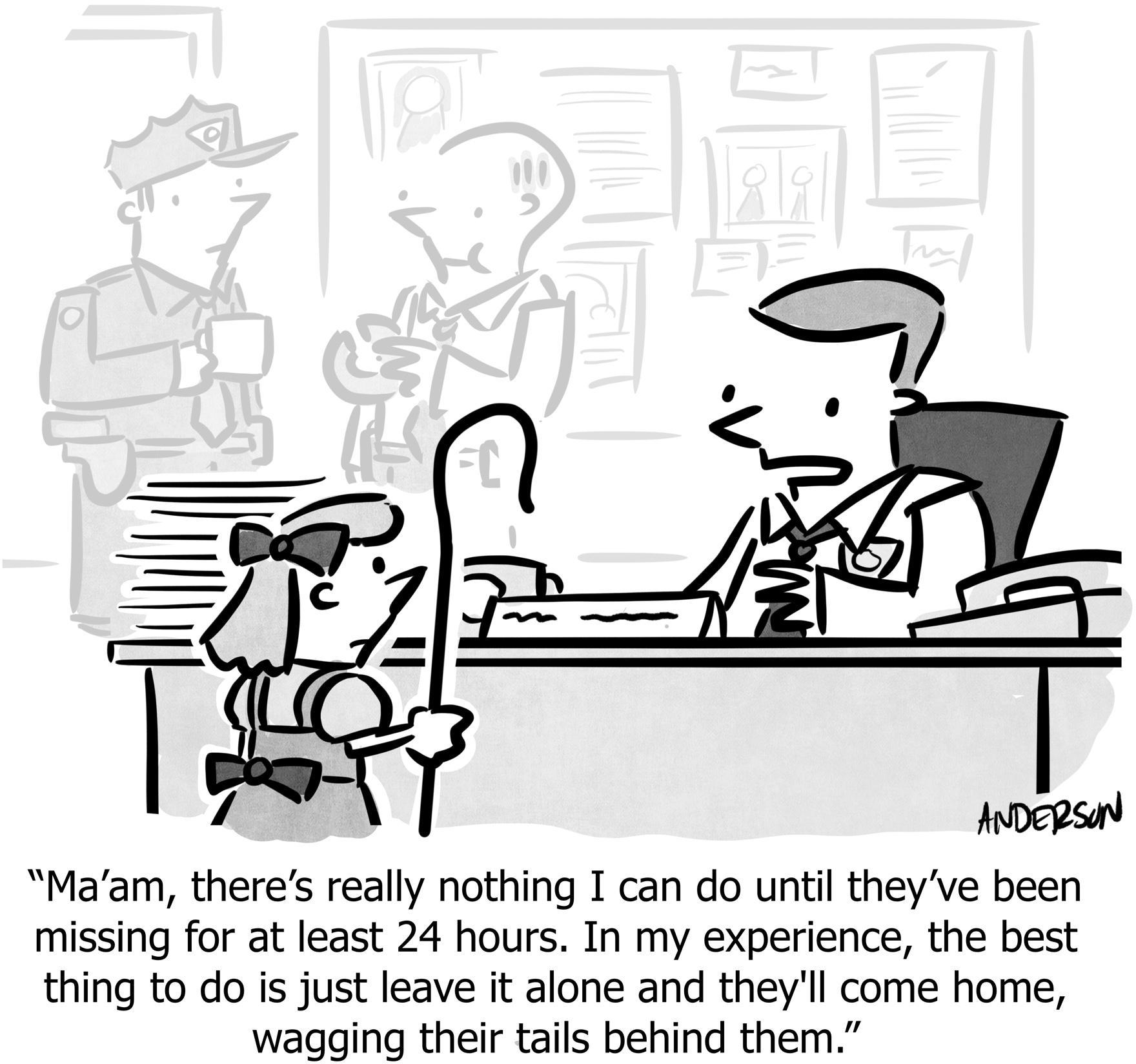When should a decision be fast, or slow?
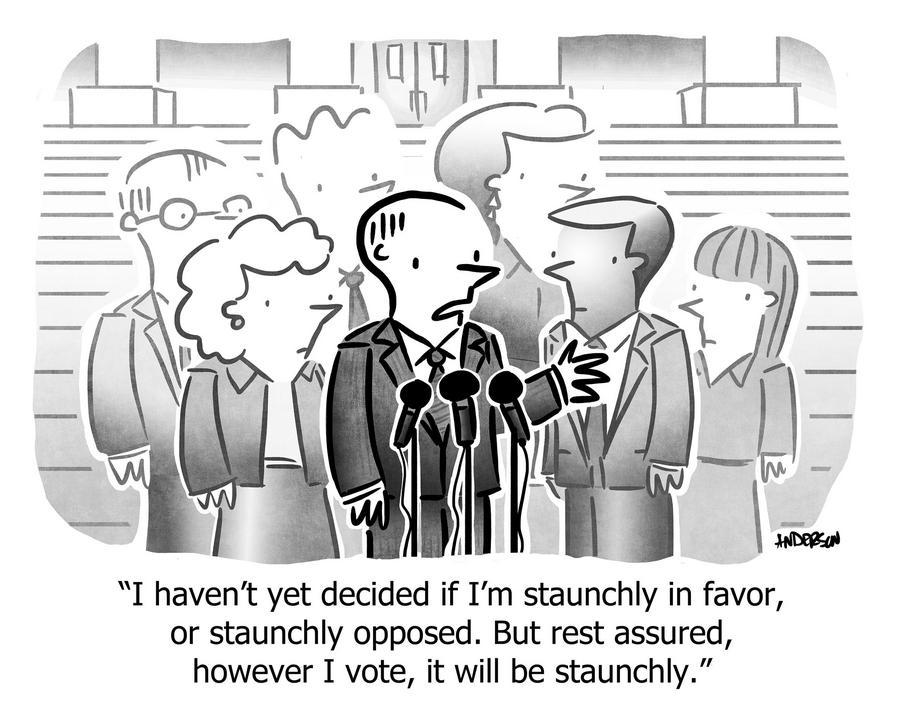
We all know that startups should make decisions quickly. Fast decisions leads to rapid action, which accelerates the loop of production and feedback, which is how you outpace and out-learn a competitor, even one that already has a lead.
But some decisions should not be made in haste, like a key executive hire, or pricing strategy, or whether to raise money, or whether to invest millions of dollars in a new product line, or whether to enter a new market.
How do you know when your current decision should be made slowly: contemplative, collaborative, deliberate, data-driven, even agonizing?
The following scorecard will help you know whether it is wiser to go slowly:
- You’ll make a much smarter decision later
- Today we know the least that we’re ever going to know. Often, waiting six months doesn’t automatically give us more information, but sometimes it does. If we haven’t launched a product yet, we’re in no position to decide what the next few features should be; we should launch and earn experience through customer interactions. We’ll then be much smarter about answering that question. So, don’t waste time even thinking about it now, and certainly don’t make any firm decisions, when you know you’ll make a better one later.
- Can’t undo
- This is the classic one-or-two-way door delineation. If you can’t easily undo the decision, it’s worth investing more effort into analyzing the likelihood of the upsides and risks.
- Huge effort
- Some things take less time to implement than to estimate or to debate (i.e. Sand). It might take two engineers one week to implement something, but a few debates and a time-boxed research project could involve an entire team for a week. This is a reason why small teams without process can produce results faster than larger teams with process. If the effort to implement the decision is smaller than the effort to make a decision, just knock it out. But if you’re deciding on a path that could take six months to measure results from, taking time up front to research is wise.
- No compelling event
- If the status quo isn’t bad, there might not be a reason why a decision should be made quickly, or at all. Without time-pressure, it’s justifiable to spend more time on the decision. Conversely, time-pressure means the more time you spend deciding, the less time you have for implementation and unanticipated problems, so you’re actually adding risk by dragging out the decision.
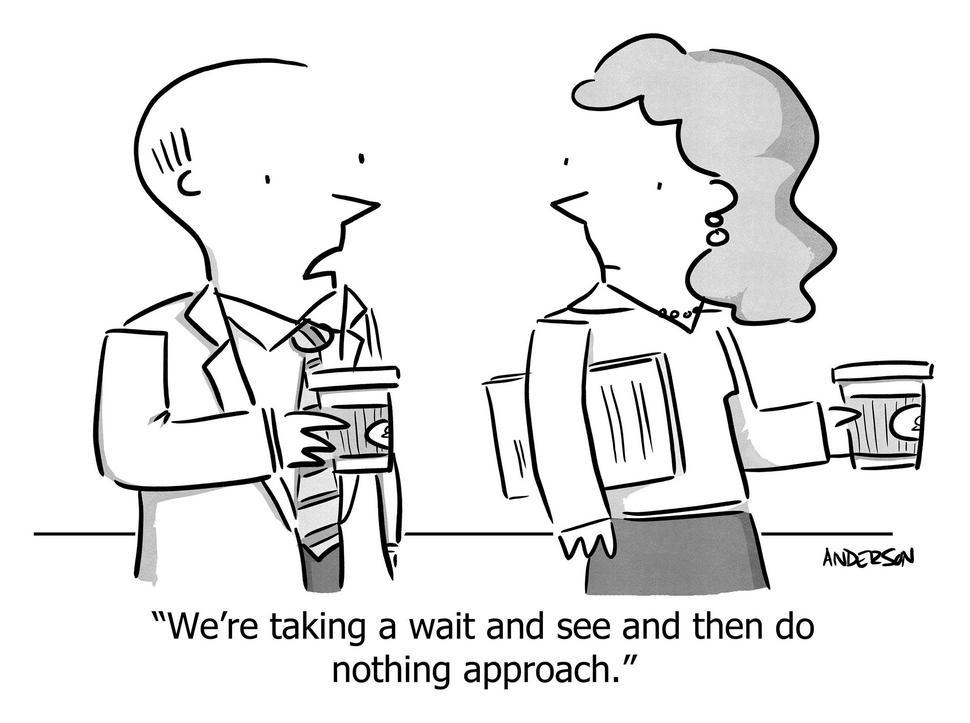
- Not accustomed to making these kinds of decisions
- Online marketing teams are accustomed to throwing creative things at the wall, because that’s the day-to-day reality of their job. Because they’re good at it, they don’t waste time hang-wringing over whether or not to try an advertising campaign on the latest social media platform, or which headlines to try; they just do it. Conversely, most organizations have no experience with major decisions like pricing changes or acquisitions, and most founders have no idea how to hire a great executive, or how to decide whether to invest millions of dollars in a new product line as opposed to “just throwing something out there and iterating” as was the correct path at the start of the company. When the organization has never made this type of decision before, the decision is at great risk, and being more deliberate with research, data, debate, or even outside advice, is wise.
- Don’t know how to evaluate the options
- Even after generating the choices, does the team understand how best to analyze them? If the company’s strategy is clear and detailed, if relevant data is at hand, if it’s clear what your goals are, if the deciding team has confidence, then the decision could be easy and fast; if these things are absent, perhaps more deliberation is needed to clarify those things. (Another technique is to use Fermi Estimation to simplify the evaluation, or Binstack to find the one best option among many.)
- Can’t measure incremental success
- After the decision is made and implementation begins, can you objectively tell whether things are going well? If yes, it is easy to course-correct, or even change the decision, in the presence of reality. But if progress will be invisible or subjective, such that you will sink person-years of time into the implementation before knowing how things are going, it’s worth spending more effort gaining confidence in the path you’ve selected.
- Imperfect information
- Buying a house is nerve-racking, mostly because it is likely the most expensive and difficult-to-undo purchase of your life, but also because you know so little about the goods. What does the seller know but isn’t telling you? What will you not discover until you’ve moved in, or a year later? Often it is impossible to get the data or research you need to make an objective decision. When this is the case, it is sometimes wise to spend extra time gathering whatever information you can, maybe investing in reports or experts (which is what you do with a house). Or you could look at it the opposite way: If it’s impossible to get objective data informing the decision, then don’t spend lots of time debating subjective points; just make the decision from experience and even gut-check, because we just said that’s all you have to go on anyway, and experts are often wrong.
- Decision requires multiple teams who haven’t worked together before
- At WP Engine we’re extremely collaborative across teams. The benefit is that we work together for a common goal, taking care of the needs of support, sales, marketing, engineering, product, and finance, rather than solving for one department’s goals at the expense of another. But this also can make decisions more difficult, because finding a good solution is complex, often requiring compromise or creativity which requires time to be realized. This effect is amplified if the teams (or team members) haven’t worked together before, and thus have less rapport, common language, and common experience. In that case, give the decision more time to breathe and develop, because really you’re giving people the time to build relationships and discover great solutions, and that in itself is a benefit to them and your organizational intelligence, which is a long-term benefit worth investing in.
Actually this isn’t a scorecard, because important decisions aren’t a Cosmo Quiz. Don’t use this as a rubric; don’t score it 1-5 and add it up with a spreadsheet.
Rather, honestly answer these questions, and by the time you’re through, you’ll have a good sense of whether a light touch, quick decision is fine (which is the default answer), or whether you should take more time.
And, depending on which pieces are problematic, you’ll have a guide for what needs to be done next.
For example, if “Can’t undo” is a big problem, can you rethink the solution so that it can be undone, maybe by applying it only in one segment, or investing more time in planning or preparation, or creating a disaster recovery plan, or splitting up the decision so that part of it is undoable?
Or if “No compelling event” is a problem, maybe the best answer is to “not decide,” i.e. don’t spend time on this right now, since you don’t have to. Some people will be disappointed in the lack of a decision, but it’s better to honestly state that “we can’t figure out the answer right now” than to make a rash decision that does more harm than good, or to invest time in a decision that doesn’t need to be made, at the expense of work that does need to be done.
I hope this helps you make the right decisions, in the right way.
https://longform.asmartbear.com/decisions-fast-slow/
© 2007-2025 Jason Cohen
 @asmartbear
@asmartbear ePub (Kindle)
ePub (Kindle)
 Printable PDF
Printable PDF
